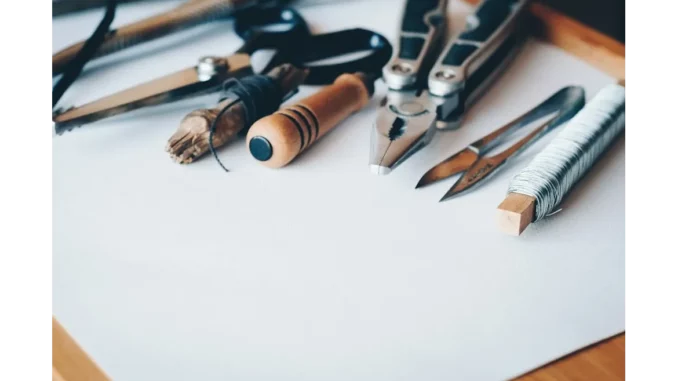
Revitalising Your Home: Removing Elements That Devalue Property
Explore elevating your homes value with the fine craftsmen at Elegancia.homes
Owning a home is often regarded as one of life’s most significant milestones—a sanctuary to build cherished memories, establish roots, and secure financial stability. Yet, in the ever-evolving real estate market, enhancing or maintaining a home’s value is a critical concern for many homeowners. While the allure of adding new rooms or upgrading kitchens is undeniable, sometimes the secret to boosting your home’s desirability lies in what you choose to remove. Here, we explore five common elements that could be subtly diminishing your home’s resale value.
1. Trees: Nature’s Asset or Nuisance?
Trees are frequently admired for their natural beauty, enhancing curb appeal and offering soothing shade. However, not every tree is a boon to your property’s value. According to landscape architect John Smith, “Invasive species or those with high maintenance needs can actually deter buyers.” Trees with unpleasant attributes, such as foul-smelling fruit or excessive shedding, may pose a maintenance burden. More critically, trees planted too close to the house can threaten the property with root damage to foundations or sewer lines, resulting in costly repairs. Sick or dead trees particularly signal potential hazards, creating apprehension among prospective buyers.
2. Swimming Pools: Indulgence or Inconvenience?
The allure of a swimming pool is undeniable, offering a touch of luxury and the promise of summer enjoyment. However, pools may not always enhance a home’s market value. Real estate expert Jane Doe notes, “A pristine, well-maintained pool can be an asset, but a neglected one quickly becomes a liability.” The continuous upkeep and potential repair costs can make buyers hesitant. For some properties, the removal of an outdated or damaged pool may actually increase appeal, despite the initial expense involved in its removal.
3. Formal Dining Rooms: Classic Charm or Relic of the Past?
Once a symbol of elegance, formal dining rooms are increasingly seen as relics by modern buyers who prioritise open, adaptable spaces. Architect Emily Brown observes, “Today’s buyers are drawn to open-plan designs that allow for flexibility in living spaces.” Transforming a traditional dining room into a multifunctional area—perhaps a home office or a cosy family room—can significantly enhance a property’s allure.
4. Textured Walls and Wallpaper: Personal Statement or Market Limitation?
The aesthetics of a home significantly influence buyer perceptions. Textured walls and bold wallpaper choices, while personal favourites for some, may limit a home’s appeal to a broader audience. Interior designer Sarah Thompson advises, “Neutral tones and smooth finishes create a contemporary, inviting atmosphere that resonates with more buyers.” Removing dated textures or opting for a minimalist approach can modernise a home, making it more marketable.
5. Carpeting: Comfort or Concealment?
Carpeted floors can be a polarising feature. While they offer warmth and comfort, they may also harbour dirt and allergens, raising concerns among buyers. Furthermore, carpets can conceal underlying flooring issues, leading to buyer suspicion. With the increasing demand for hardwood floors, replacing old carpeting with quality wood flooring can dramatically enhance a home’s appeal and perceived value.
In the pursuit of increasing your home’s value, it’s crucial to evaluate not just the additions but also the existing elements that might be detracting from its allure. By addressing these potential pitfalls, you can ensure your home remains a desirable and secure investment in the competitive real estate market.


Be the first to comment